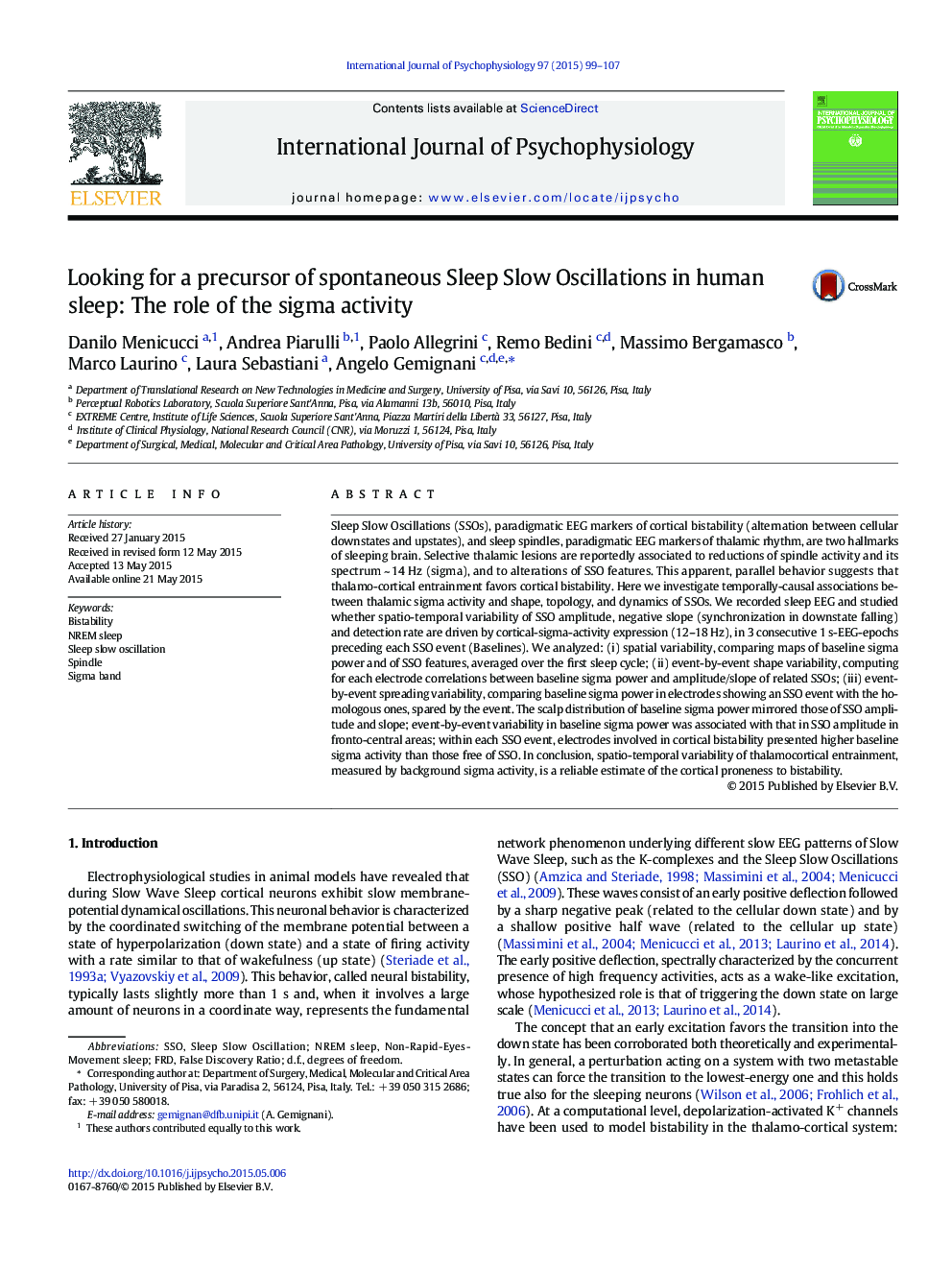| Article ID | Journal | Published Year | Pages | File Type |
|---|---|---|---|---|
| 6374794 | Field Crops Research | 2015 | 9 Pages |
Abstract
Plant biomass, root growth and phosphorus (P) uptake can be strongly influenced by soil P availability; large amounts of P accumulate as residual P in agricultural soils due to over-application of fertilizer P. However, the dynamics of plant growth and P uptake in response to different residual P supply gradients during the whole growth cycle is not fully understood. Here, a 2-year field experiment with Brassica campestris was conducted to characterize the dynamic pattern of biomass accumulation and P uptake rates with different residual P supply throughout the growth cycle. The plants grown in the high residual-P treatment had greater biomass production and P uptake than the low residual-P plants throughout the growth cycle. The corresponding average rates of plant growth and P uptake were higher in high than low residual-P treatments till flowering, but no differences were observed thereafter. The rates of plant growth and P uptake increased with growth stages before flowering and then decreased. The maximum differences in plant growth and P uptake rate between low and high residual-P treatments were found at the flowering stage. Compared with low P supply, high residual-P supply enhanced root dry weight over time. Time of attaining maximum average daily biomass production rate was delayed by about 4 days at low soil residual-P supply. The results indicated that soil residual-P supply intensity regulated biomass production, growth rate, P uptake rate and the time of attaining maximum average daily biomass production rate, depending on growth stages. It is suggested that exploration of soil residual P by plant is closely associated with growth stages and the soil residual P supply intensity.
Related Topics
Life Sciences
Agricultural and Biological Sciences
Agronomy and Crop Science
Authors
Xiaoqiang Jiao, Haigang Li, Zed Rengel, Fusuo Zhang, Jianbo Shen,
